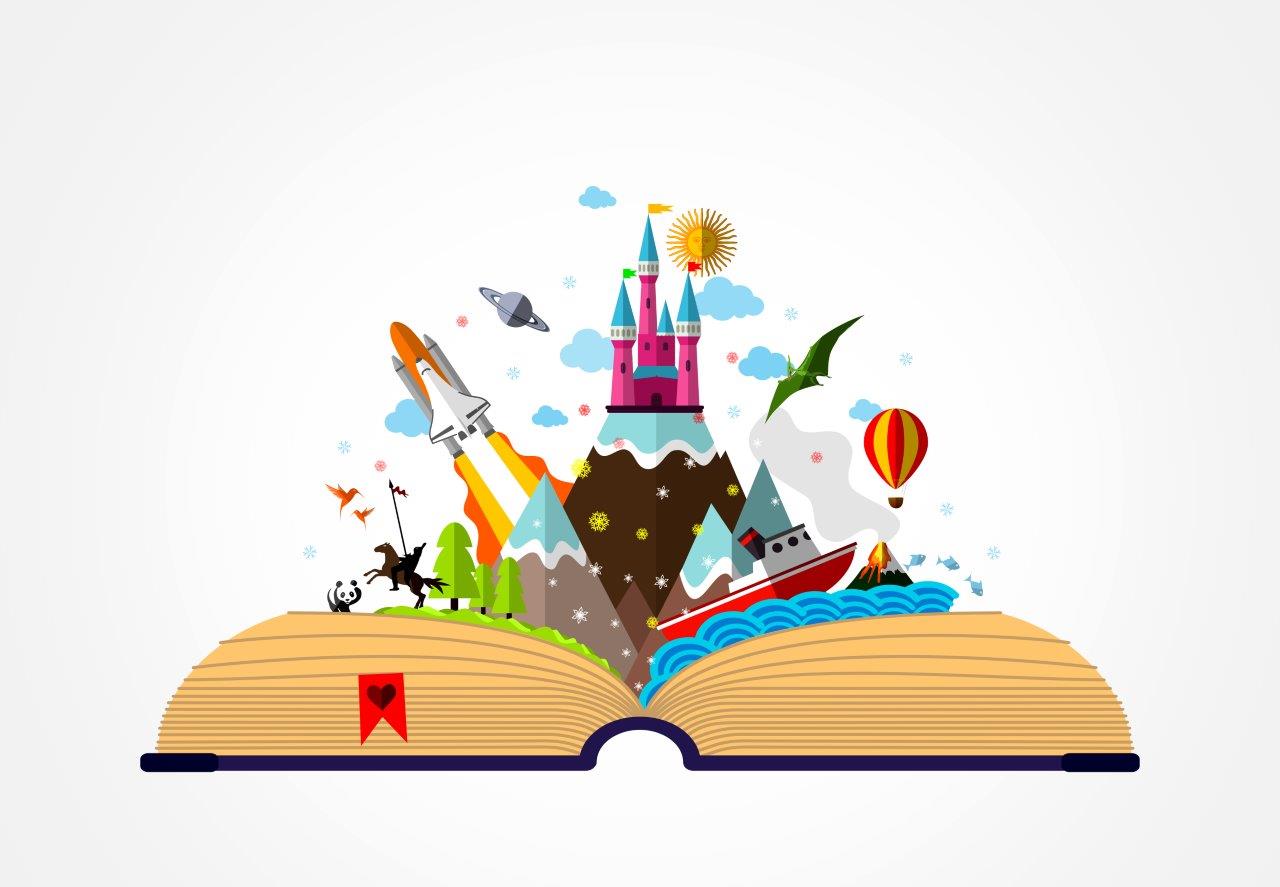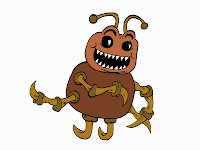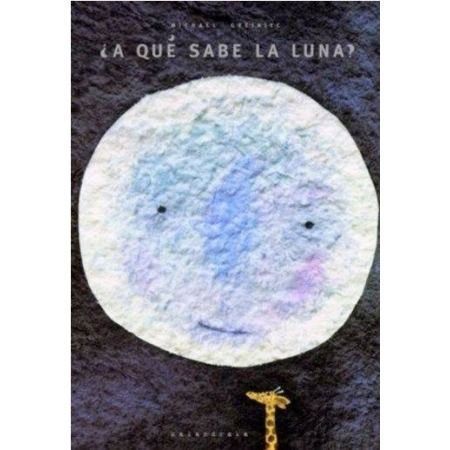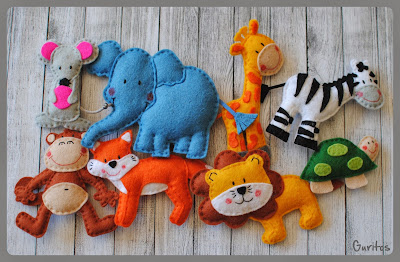Art and crafts class
mundo-infantilandia en facebook
jueves, 6 de diciembre de 2018
martes, 26 de junio de 2018
CUADERNILLOS PARA TRABAJAR EN VERANO 1º EDUCACIÓN INFANTIL
CUADERNILLOS PARA TRABAJAR EN VERANO 1º DE EDUCACIÓN INFANTIL
1,15e
ISBN:
9788415971818

1,15e
ISBN:
8485109139
1,15e
ISBN:
978-84-89773-83-7
2,50e
ISBN:
978-84-89773-83-7

2.90e
ISBN:
978-84-89773-76-9
entra en la página de Rubio
jueves, 21 de junio de 2018
jueves, 14 de junio de 2018
jueves, 24 de mayo de 2018
SONRISAS Y LÁGRIMAS
SONRISAS Y LÁGRIMAS
Pincha en el link y podrás ver la película completa online en español
martes, 22 de mayo de 2018
martes, 15 de mayo de 2018
martes, 8 de mayo de 2018
Milk and lemon experiment
Milk and lemon experiment
HECHO EN CLASE
Conclusion: milk contains casein. The proteins in the milk denature and curd.
miércoles, 2 de mayo de 2018
PREGUNTAS INTERESANTES Y EXTRAÑAS
Pregunta extraña del día * siempre de mis alumnos.
¿tienen las tortugas cuerdas vocales?
Pues... Nooo
Pero pueden emitir sonidos
BUBBLES
BUBBLES

 MATERIALS:: GLASS BUBBLES AND STRAWS
MATERIALS:: GLASS BUBBLES AND STRAWS
HECHO EN CLASE
Se puede hacer directamente con el liquido de hacer pompas ya hecho.
martes, 24 de abril de 2018
Magnet discovery bottle
Magnet discovery bottle
Materials: clips, magnet, plastic bottle
Magnet:
it's a body,as a piece of iron or steel, that possesses the property of attracting certain substances, as iron.
Hecho en clase
What Makes a Magnet
Magnets come in two types. Electromagnets are created by applying electricity to a conductive material like iron. Natural magnets can be anything from the Earth itself, including individually magnetized rocks like lodestone. Scientists don't understand how the electrical current that magnetizes the Earth and some of its rocks is produced.
Magnetic Fields
If you hold a magnet under a piece of paper and sprinkle iron filings on the paper, the filings seem to dance around and eventually settle in a rough oval around the magnet. They are aligning themselves with the magnetic field, or the path the magnet's electricity takes to get from one end of the magnet to the other. These fields of electricity are like closed circles rotating through the magnet. Magnetic fields are the reason magnets are either repelled from or attracted to each other.
Magnetic Poles

All magnets have a north and south pole. These poles are created by the fields of electricity moving through the magnets. Electricity enters the magnet at the south pole and exits it at the north pole. This is why like poles repel each other. Electricity exiting one north pole can only bump up against another north pole; it can't enter it. And it's the same story at the south pole: Electricity can only enter at the south poles, so two south poles are forced apart. However, if you line the south pole of a magnet up to the north pole of another magnet, the energy exiting the north pole of the first magnet can travel into the south pole of the second magnet, in effect creating a new magnet.
lunes, 23 de abril de 2018
FELIZ DÍA DE LIBRO
FELIZ DÍA DEL LIBRO. LUNES 23 DE ABRIL

La celebración del día del libro se remonta a principios del siglo XX. La historia del libro se hace festiva y surgen actividades literarias en toda España. Hoy, el día 23 de abril se celebra en todo el mundo, el día del libro internacional.
El Origen del día del libro se remonta a 1926. El 23 de abril de 1616 fallecían Cervantes, Shakespeare e Inca Garcilaso de la Vega. También en un 23 de abril nacieron – o murieron – otros escritores eminentes como Maurice Druon, K. Laxness, Vladimir Nabokov, Josep Pla o Manuel Mejía Vallejo. Por este motivo, esta fecha tan simbólica para la literatura universal fue la escogida por la Conferencia General de la UNESCO para rendir un homenaje mundial al libro y sus autores, y alentar a todos, en particular a los más jóvenes, a descubrir el placer de la lectura y respetar la irreemplazable contribución de los creadores al progreso social y cultural.
La idea original de la celebración del Día del Libro partió de Cataluña, del escritor valenciano Vicente Clavel Andrés, proponiéndola a la Cámara Oficial del Libro de Barcelona en 1923 y aprobada por el rey Alfonso XIII de España en 1926. El 7 de Octubre de 1926 fue el primer Día del Libro, poco después, en 1930, se instaura definitivamente la fecha del 23 de abril como Día del Libro, donde este día coincide con Sant Jordi - San Jorge, patrón de Alemania, Aragón, Bulgaria, Cataluña, Etiopía, Georgia, Grecia, Inglaterra, Líbano, Lituania, Países Bajos, Portugal, Eslovenia y México. Es tradicional regalar una rosa al concluir una lectura, evento o pregón y que los enamorados y personas queridas se intercambien una rosa y un libro.
miércoles, 18 de abril de 2018
Bichito en clase
Bichito en clase
Mientras en clase nos disponemos a clasificar diferentes hojas y flores, nos hemos encontrado un bichito saltarín y hemos decidido observarlo en el microscopio (de N), esta es la imagen

DESCUBRIENDO LA TINTA EN EL AGUA
TINTA EN EL AGUA
Ponemos la punta de un rotulador dentro del agua en el vaso. La tinta fluye por el agua.
Suscribirse a:
Entradas (Atom)























